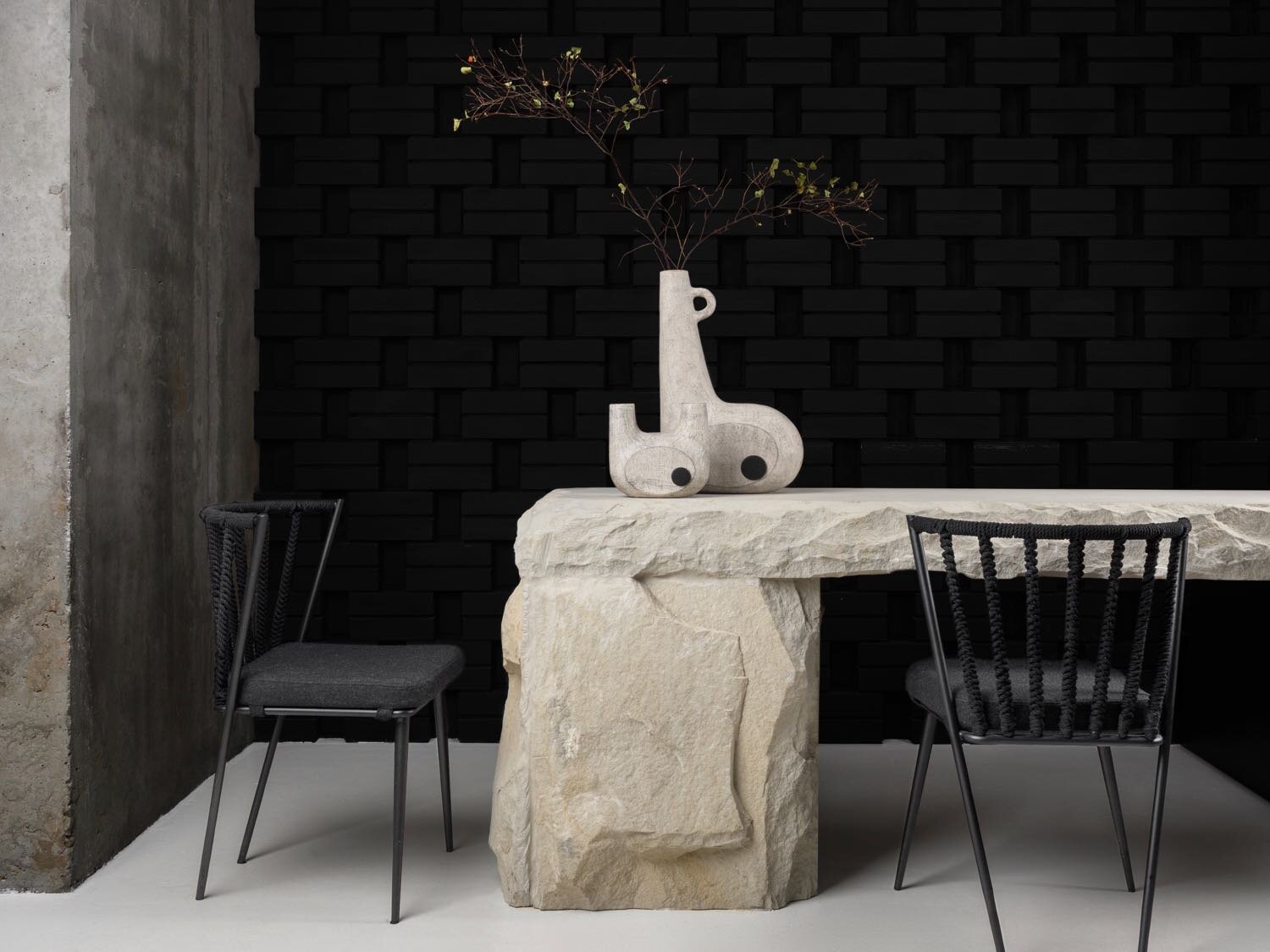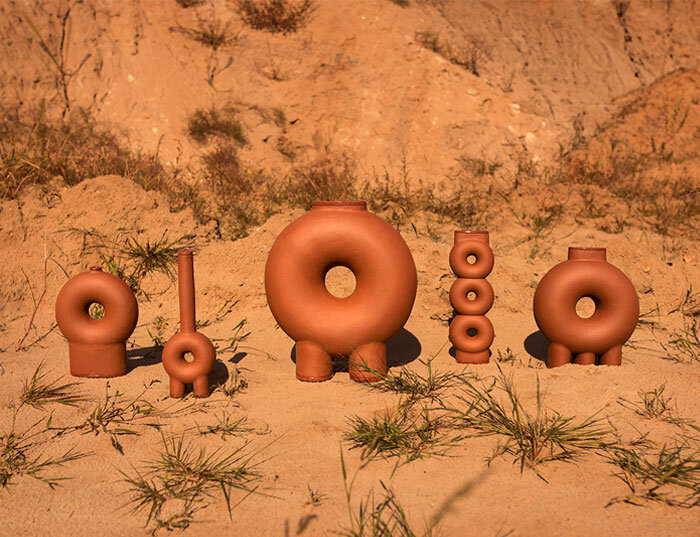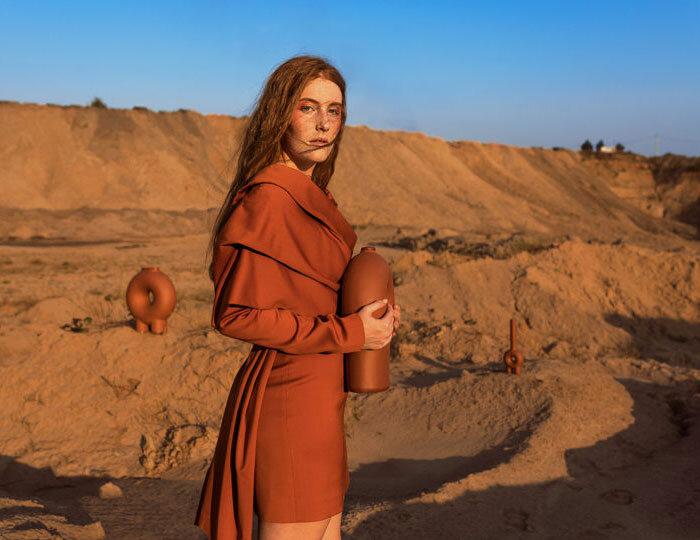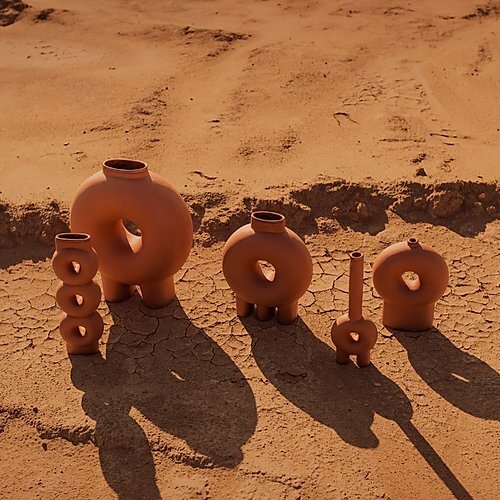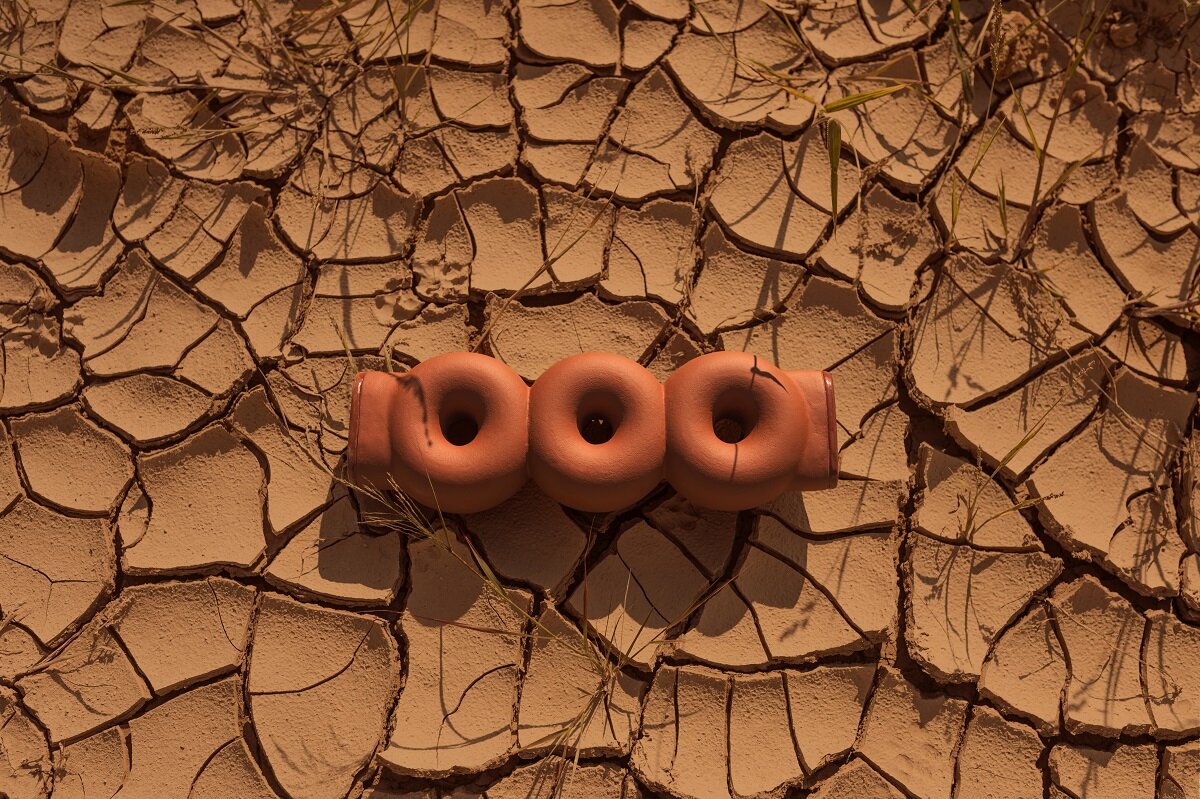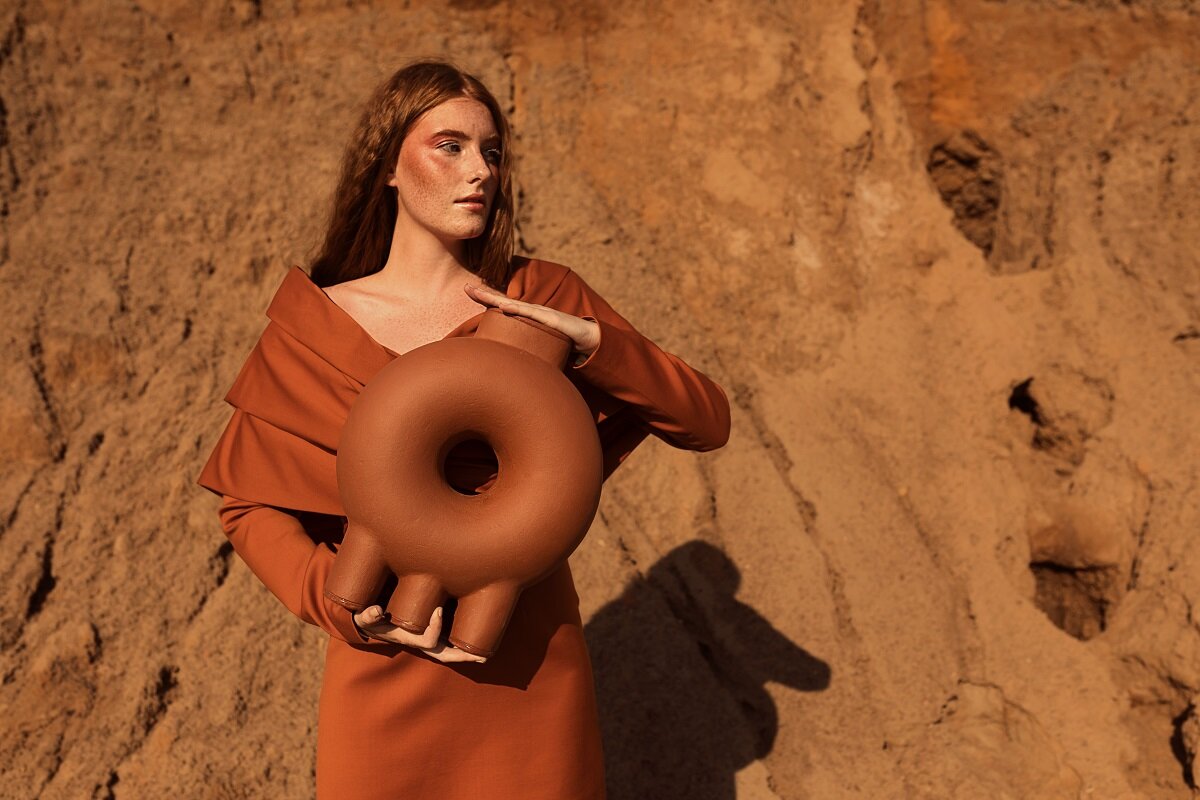There aren’t a lot of Ukrainian brands that have been lauded by international architects, designers and stylists such as Prada architect Roberto Bacciochi and interior stylist, Anna Leena Leino but FAINA, founded by architect and designer Victoriya Yakusha has been regularly featured in global design platforms Dezeen, Design Milk and Domus and become a brand that successfully marries contemporary design with ancient handmade techniques. Yakusha’s dedication to incorporating traditional Ukrainian art and craft into her minimal design aesthetic has led to exciting shows at London Design Festival and Stockholm Furniture and Lighting Fair which have helped the brand launch its unique aesthetic to a wide international audience. Having started her architecture office, Yakusha Design Studio, in the city of Kyiv, Ukraine in 2006 and founded the FAINA brand 8 years later, Yakusha has recently decided to bring both strands of her carer under the one umbrella at the yakusha.design website. Announcing the change in late April the two brands summarised their common motivation this way; “All our projects are combined with one dream - to make Ukrainian design recognizable and understandable all over the world. Yakusha Design is an ambassador of modern Ukrainian design, which reveals the soul and creativity of our people”.
Taking inspiration from traditional Ukrainian objects as diverse as the Trembita (an extremely long and thin wooden alpine horn or trumpet) and the simple wood and wire mesh flour sieve, Yakusha and her team have sought out artisans from mountain villages and small factories and brought them into the contemporary design process. The ‘Pechyvo’ and ‘Solod’ cabinets are a case in point with doors made from clay sheets with irregular perforations. It took Yakusha around eight months and required trialing the concept with ten different local artisans before a solution was found to produce ceramic doors that were durable enough to withstand everyday use on an item of furniture.
Similar lengths were taken to find the right producer of FAINA’s celebrated ‘Kumanec’ and ‘Bandura’ vases. While embracing Ukrainian tradition is always on the brand’s agenda, they are also not afraid to experiment with new ideas. The ‘Ztista’ range of tables chairs are a good example of this as they mix recycled plant based materials (paper and linen) along with clay wood chips and sawdust to form a bio-polymer. The compound can be applied to metal or wooden frameworks to create a highly expressive, malleable and natural looking form of paper mâché.
Playing with scale is very much a signature of the brand as can be seen in pieces such as the ‘Strikha’ pendant lamp shown below (all 1600mm of it) and in the stout ceramic legs of the ‘Veleten’ and ‘Korotun’ tables. Elemental and chunky objects are placed against the finely proportioned in a constant balance of delicate & strong, heavy & light.
Shown below left is the ‘Solod’ (meaning ‘cereal grains’ in Ukrainian) cabinet with the ‘Syto’ (flour sifting tool) wall decor. This unusual decorative object is made from perforated metal with a timber frame. While it performs no practical function, it can be used for its strong graphic shape to complete a room or define a wall. Below right is a shot from the Yakusha Design project Ya Vsesvit, showing the ‘Ztista’ chair made from an up-cycled metal chair frame covered with a bio-polymer of recycled paper, linen, clay, wood chips and straw. ‘Ztista’ means ‘made of dough’ in Ukrainian and the name aptly describes the rough plasticine-like look of the chair. Available in 10 colours that include browns, reds, blues and greens plus white and black, the chair is also available in both adult and child sizes. A small long necked ‘Kumanec’ vase is displayed on the desk top.
The furniture and lighting pieces in the collection tend toward a simple rural material palette of ash wood, woven wicker and clay and retains an obvious handmade quality at all times. Clay is believed to be good for general health and wellbeing in the Ukraine, and it is used widely in the home, in benches and beds, as well as in structural elements like walls.
Below left is an interior project by Olga Fradina, a talented Ukrainian interior designer and stylist. You can see more of this project here. Utilising long haired wool covers on the sofa, pale walls, a pair of FAINA ‘Hryb’ side tables and a FAINA ‘Ztista’ Mirror. Below right is a closer shot of the low and high ‘Hryb’ side tables in natural ash with a black long necked ‘Kumanec’ vase - all from FAINA.
In October 2019 FAINA promoted the terracotta versions of their acclaimed ‘Kumanec’ vase collection with an evocative set of images shot in a dusty desert setting. The images below were photographed by Vova Klever and styled by Victoria Yakusha. The model is Maria Atamanchuk.
Take a look at FAINA Design’s new campaign Live Minimalism here. Shot on a location of plowed fields of black earth featuring a contemporary dancer and a pale skinned, blonde haired model, the video reinforces the brand’s connection to nature and Ukrainian heritage.
The image below is of the textile brand Sahco Echoes Collection installation at Paris Déco Off in January 2020, where FAINA’s ‘Kumanec’ vase in terracotta and a set of black ‘Bandura’ vases were selected to complement the display designed by Vincent Van Duysen Architects within the beautiful Salle Erard.
"The collections are totally based on domestic traditions, materials and craft techniques," Yakusha explained in a past Dezeen article. "We are trying to transform traditions into contemporary minimalist design objects in a very careful and respectful way."




